10 Front Yard Plants That Will Increase Your Home’s Value – According To Experts
You may increase the curb appeal and buyer appeal of your house with these eye-catching plants. When you move on, these professional recommendations for front yard landscaping will already be in place.
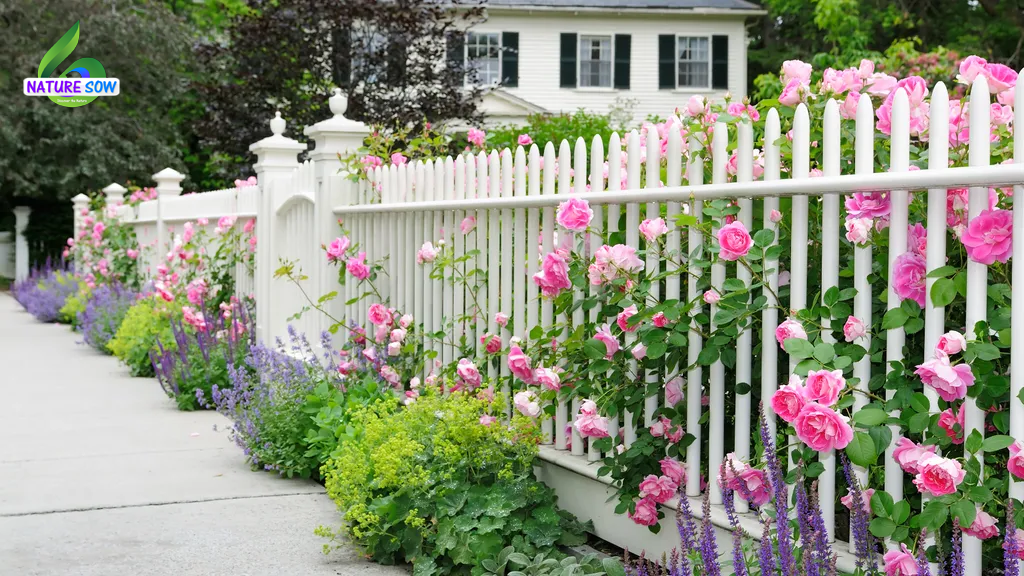
Beautiful established plants greatly enhance a home’s curb appeal. Your front yard creates the first impression of the house beyond.
Front yards are especially fond of long-flowering perennials, especially if they have a pleasant scent.
“Shrubs and flowering bushes give your front yard a colorful and welcoming vibe,” says Jackson & Perkins president Kelly Funk.
With a rich green backdrop that prepares the eye for pops of vibrant blooms, they are the ideal components to increase curb appeal.
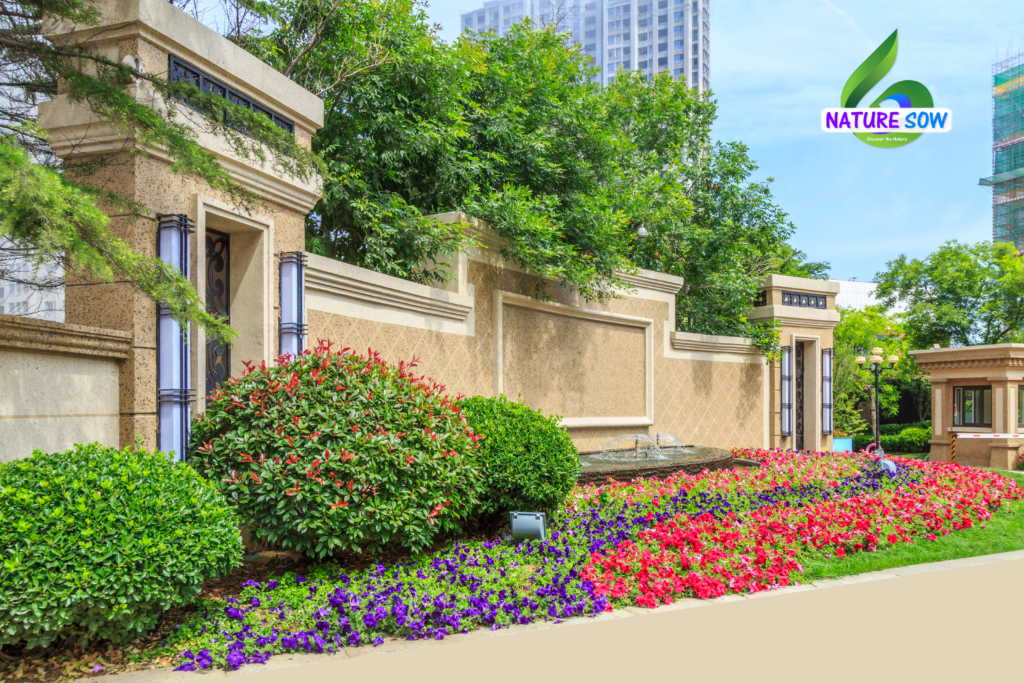
Check This video for experiencing the view
https://www.youtube.com/watch?v=_gvn20aVEmk&t=14s
Think about arranging these adaptable plants in various ways to fit your landscape.
Kelly continues, “For year-round appeal in foundation gardens, select flowering shrubs with a mix of evergreen varieties.” “Select low-maintenance options in containers along walkways.” Flowering shrubs can be deliberately placed to produce an eye-catching garden wall appearance, or to define boundaries or provide privacy.
Plants need to be in good health and condition in order to provide curb appeal. Keep up with deadheading and trimming; inspect plants frequently and remove any damaged or dead branches.
We asked professionals in the field to provide their best recommendations for front yards that will increase a home’s worth.
Make sure a plant is appropriate for your USDA hardiness zone and soil type before making an investment.
1. Flowering hedging
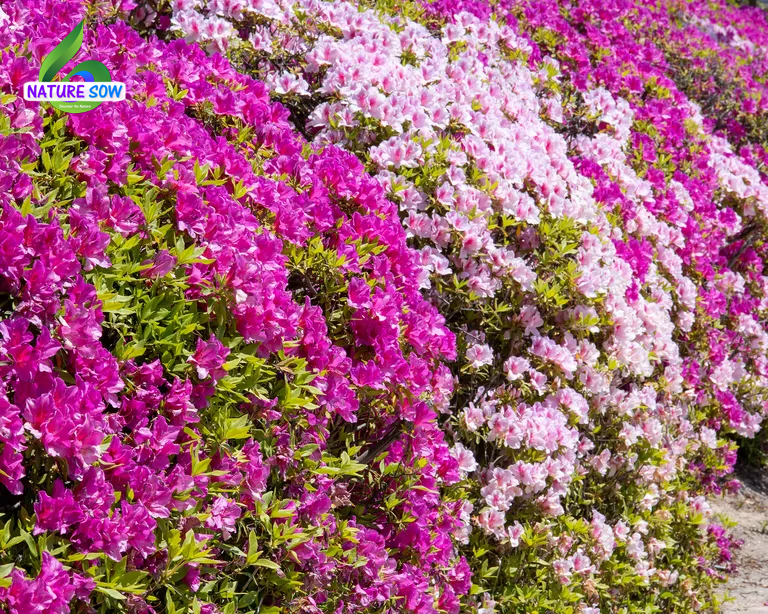
Plant expert Linda Vater of Southern Living Plant Collection says, “Flowering hedges can provide practical and aesthetically pleasing ways to add value and functionality to your home’s landscape.”
“Hedges are living fences that add beauty and functionality to a front yard. They can be used to screen areas you’d rather not showcase, like trash cans or HVAC units, or to clearly define boundaries between different outdoor living spaces.”
Linda recommends that evergreen plants are great selections for your hedge or border since they come in a variety of colors, textures, heights, and overall looks.
According to her, “blooming borders with flowers month after month and four-season foliage to provide continuous screening are created by flowering evergreen shrubs like abelias, camellias, and azaleas.”
“Gardenias and rosemary are excellent choices for low borders or fragrant hedges that define space and appeal to the senses.”
2. Oakleaf hydrangea
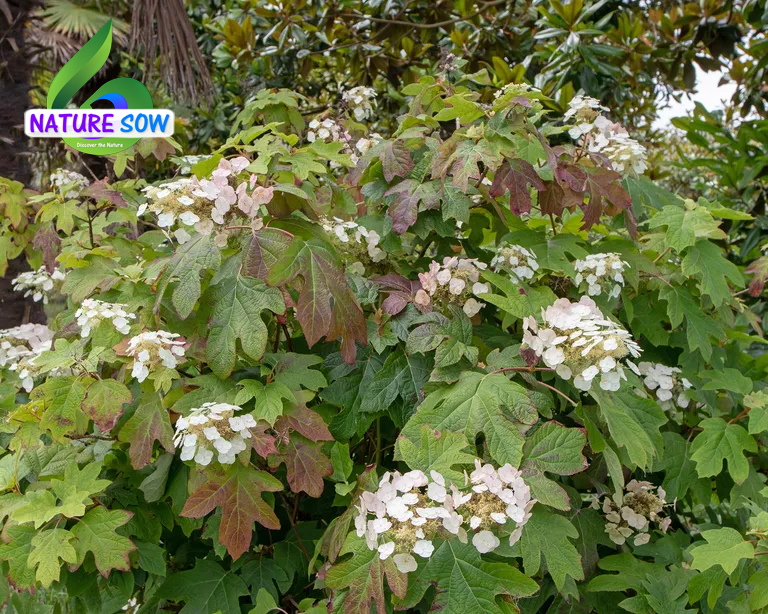
In landscape design, hydrangeas are really fashionable right now. The long-season magnificence of the flowers and leaves of these magnificent perennial bushes is being praised. They are hence the ideal choice for enhancing a front yard’s impact and curb appeal.
Although there are many varieties of hydrangea to choose from, The Old Dairy Nursery & Gardens owner Ali McEnhill recommends the oakleaf hydrangea for front yards because of its low maintenance requirements and interest throughout the year.
She says, “The oakleaf hydrangea is a lovely deciduous shrub that is native to the American South.” With its bold, huge, oak-shaped leaves, this hardy plant nearly looks tropical. Springtime brings light green leaves that darken to a rich green, and October brings the most exquisite hue of burgundy. This shrub stays pleasing all winter long, especially when the peeling bark reveals a color similar to cinnamon.
“Snow Queen and Ruby Slippers are two of my favorite varieties.” “Ruby Slippers” is an excellent choice for smaller gardens, while “Snow Queen” is a floriferous plant with sturdy stems and a beautiful form.
Unlike other hydrangeas, oakleaf hydrangeas take relatively little maintenance and don’t require frequent pruning. But keep in mind that oakleaf hydrangeas flower on old wood, so if you want to preserve their shape, you should prune them shortly after they flower.
USDA zones 5 through 9 allow oakleaf hydrangea cultivation. It thrives on averagely moist, well-drained soil that receives full sun to partial shade.
3. Heuchera
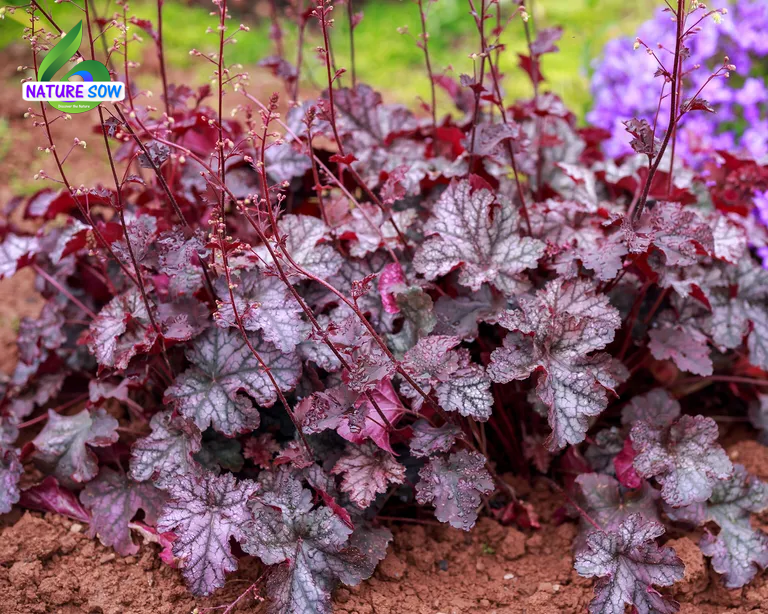
Coral bells, also known as heuchera, are a hardy perennial that brings interest and color to places where other plants would wither away.
Heuchera grows naturally in wooded areas, where it prefers shade or filtered sunlight. Because of this, it’s the ideal plant to lighten up your front yard’s darker corners.
The plants are perfect for enhancing the border’s edge because of their low growth and mounding tendency. They do, however, also grow rather well in containers, so you can arrange them to maximize growth potential.
Despite having foliage that is colored in a variety of shades, such as red, bronze, and purple, the majority of heuchera types are evergreen.
Heuchera blooms in tints ranging from deep red and light coral to white and pink, with tall spikes of bell-shaped flowers that are as spectacular as the foliage between late spring and early summer. There are varieties that bloom late as well.
Heuchera are simple to grow, minimal maintenance plants. They need soil that drains well but is wet. Add organic stuff, such as compost, to the soil before planting.
Heuchera Northern Exposure “Amber” is highly recommended by Chuck Pavlich, director of new product development at Terra Nova Nurseries, because of its versatility.
This type was bred to be resilient, long-lasting, and resistant to rust. It is also a potent attractor of pollinators, he claims. It grows well in full sun, partial shade, or neither, making it a fantastic addition to any front yard. It can be placed in a container on the front porch or doorstep or utilized in mixed beds in the front yard.
Another plant Chuck recommends using to accentuate front yards is Heucherella “Sweet Tea.” He claims that “this variety is a classic for containers and gardens.”
Its leaves change to a deeper shade in the summer and winter from their stunning reddish-orange hue in the spring and fall. This cultivar is ideal for front yards with shadows. It gives the impression that you have a fresh plant every season because of its color-changing leaves.
While heuchera may be found in USDA zones 4 through 9, some cultivars are only hardy in zone 3, while some are able to withstand the heat in zones 10 and 11.
4. Roses
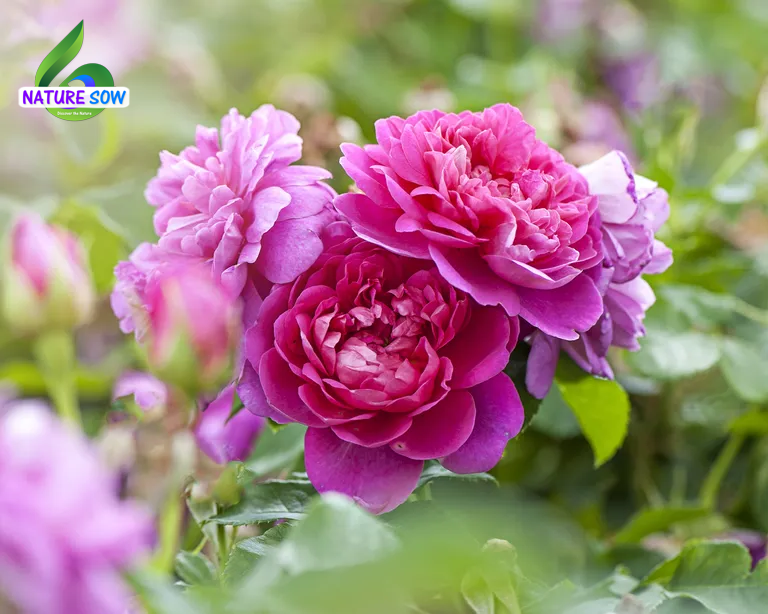
According to Kelly Funk of Jackson & Perkins, “roses are iconic front yard plants that elevate your home’s value and visual appeal.” “Roses lend charm and elegance to any landscape with their beauty and range of colors and fragrances.”
There are many different kinds of roses available. Kelly says, “Think about putting Floribunda roses in your front yard for a striking display of exquisite clusters and vibrant blooms.” “Climbing roses can give vertical flair to your property by growing up trellises, columns, or fences.
“Adding roses to your front yard landscaping will help you create an eye-catching, warm, and memorable outdoor space.”
Look at the Knock Out family of roses if you’re looking for low-maintenance flowers that bloom all season long.
“These will produce a stunning display of color in the garden as they bloom nonstop throughout the season. Stephanie Waltz, coordinator of rose trials at Star Roses and Plants, states that “no other flowering shrub blooms as long or as often.”
They don’t need extra care and are simple to grow. Plant them one at a time in mixed beds and borders amid shrubs, annuals, and perennials. Plant them in big bunches to make a vibrant hedge or as a brilliant border along a foundation.
For best results, plant roses in fertile, well-drained soil. Kelly continues, “To maintain rose health and ensure healthy growth and abundant flowering, regular pruning, mulching, and watering are essential.”
USDA zones 3 through 11 offer several choices for cultivating roses, depending on the species.
5. Hornbeam

Numerous trees can enhance a home’s value, but some might also take away from it. But one of the most attractive, in Ali McEnhill’s opinion, is the European hornbeam (Carpinus betulus).
It is among the most adaptable trees you can plant, according to her. It can be pollarded and grown as a hedge, making it a dignified medium-sized landscape tree with a charming oval to rounded appearance.
The steel grey bark doesn’t lose its appeal during the winter. During the winter, dried leaves are also kept on branches, which adds one more intriguing textural component. Pollinators love the early springtime catkins on male plants.
Because hornbeam can withstand acidic and limey soil, full sun, full shade, dry soil, and moist soil, it is a very easy plant to grow.
According to Ali, “this tree is also clean, which is essential for a front yard.” “Never worry about branches or nuts falling on you. It also retains its leaves throughout the winter, which facilitates fall cleanup.
Zones 4–8 are suitable for growing European hornbeam.
6. Sweet viburnum
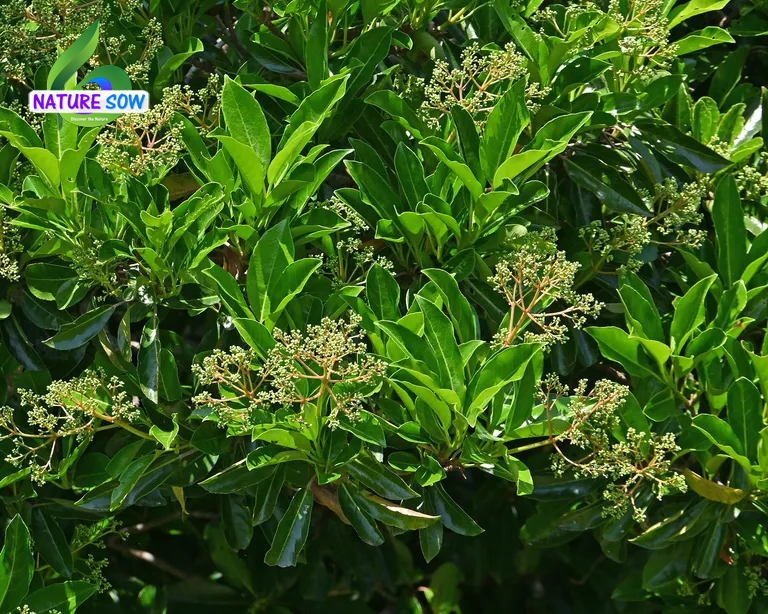
According to Perfect Plants Nursery owner Alex Kantor, “sweet viburnum is a versatile and popular shrub known for its attractive evergreen foliage, beautiful white flowers, and sweet fragrance.”
This shrub can raise the value of your house by enhancing the landscaping and fostering a cozy, inviting ambiance. Its blossoms have a lovely smell that can draw people in and enhance the invitingness of your front yard. It draws beneficial wildlife, gives privacy, and improves curb appeal.
Well-drained soil is ideal for sweet viburnum growth, and it needs to be watered frequently and pruned sometimes to keep its desirable form.
It is advised to grow sweet viburnum bushes in the country’s milder climates, such as coastal locations. Zones 8–10 are favorable for this species.
7. Hardy geranium
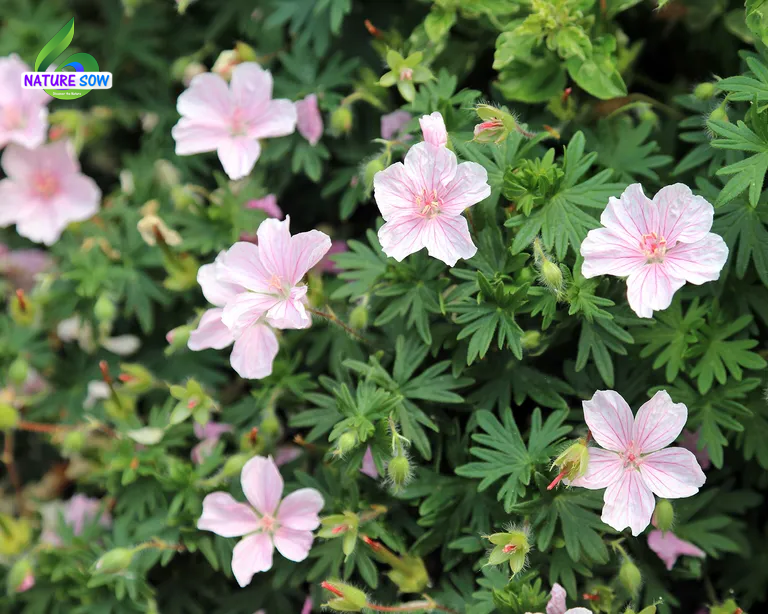
Cranesbill, sometimes known as hardy geranium, is a small, long-blooming perennial that looks great in front yards.
Make sure to select hardy, or true, geraniums rather than large, eye-catching annuals (pelargoniums). According to Ali McEnhill, “They are wonderful plants that require little care yet provide nearly year-round interest in the garden.”
I especially suggest the heat-, cold-, and drought-tolerant bloody cranesbill (Geranium sanguineum var. striatum). Throughout May and June, a spreading mound of tiny, divided leaves is completely covered in pale pink, red-veined blooms. It also reblooms in September, although only very sparingly. Its stunning crimson winter foliage is an additional bonus.
Hardy geraniums grow easily in typical garden soil, either in full sun or partial shade. For optimal results, remove spent blooms and give plants an occasional watering. Options appropriate for zones 3–9 are available.
8. Sky Pencil holly

The exquisite and distinctive Sky Pencil holly (Ilex crenata ‘Sky Pencil’) is an evergreen shrub that can enhance the visual appeal and usefulness of your house. It is more like boxwood than holly in its leaf, and if preferred, it may be grown in containers.
It’s a great option for building privacy hedges or providing vertical interest to your front yard because of its slender, columnar design, according to Alex Kantor.
When utilized as a screen between neighboring residences or to create a more secluded setting beside roadways, the dense foliage of Sky Pencil holly creates a lush and green backdrop.
“The exterior of your home can be made more beautiful and valuable with Sky Pencil holly because of its low maintenance requirements and year-round greenery.”
Planting Sky Pencil holly requires well-drained soil, and during dry spells, it needs to be irrigated frequently. To keep it at the appropriate height and slim shape, it needs to be pruned sometimes.
It grows in zones 6 through 9.
9. Japanese spikenard

The little-known herbaceous perennial Japanese spikenard (Aralia cordata) creates a dramatic effect in a front yard. Chuck Pavlich has a special fondness for the “Sun King” variety.
He states, “Aralia cordata ‘Sun King,’ as its name implies, showcases golden leaves that are as big and bold as the sun.” In the late summer, this type also bears little clusters of white, satellite-shaped flowers, which are followed by purple berries.
Aralia cordata ‘Sun King’ grows quickly and adds a striking focal point to a partially or completely shaded front yard or garden. It fills pots quickly and can also be cultivated in a container.
The Japanese spikenard is best cultivated in either full or partial shade. Strong gusts should be kept at bay as they could harm its enormous leaves.
Zones 4–9 are suitable for growing Japanese spikenard.
10. Native ornamental grasses

According to Mary Phillips, Head of Native Plant Habitat Strategy/Certifications at the National Wildlife Federation, “native plants are the best investment for landscapes of the future as homeowners shift their focus to drought-tolerant and low-maintenance plantings.”
She contends that by introducing native plants, “you will be investing in a landscape that needs less care, while also supporting key wildlife species that are under increasing stress from climate change.” These ornamental grasses include little bluestem grass, prairie dropseed, and blue grama.
Use the Native Plant Finder from the National Wildlife Federation to choose the best native plants for your area and to optimize the advantages of native plants in the landscape.
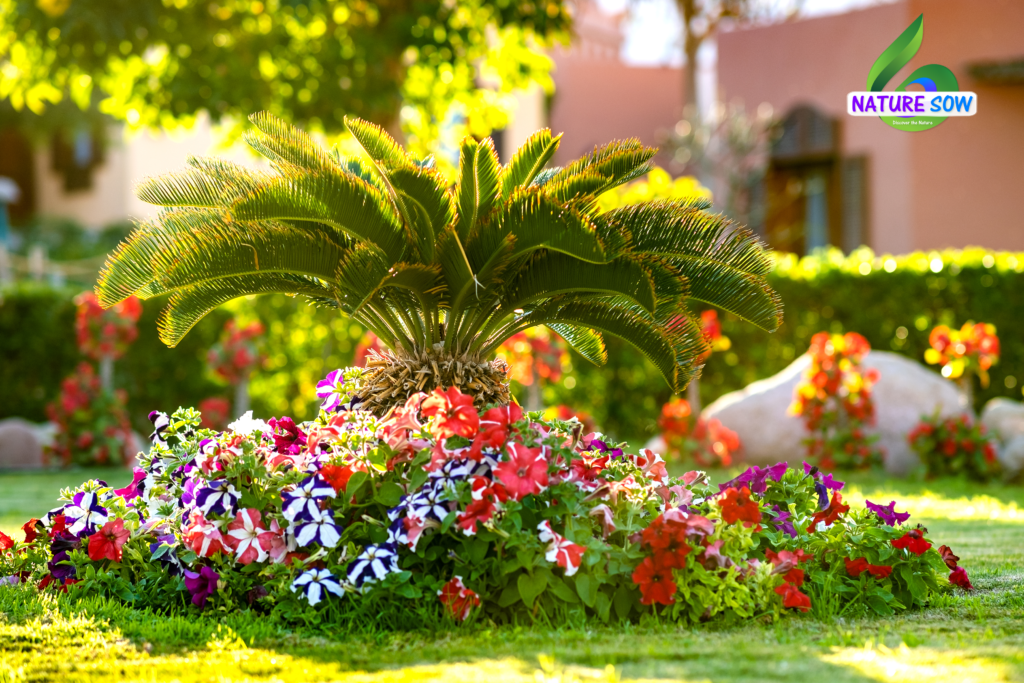

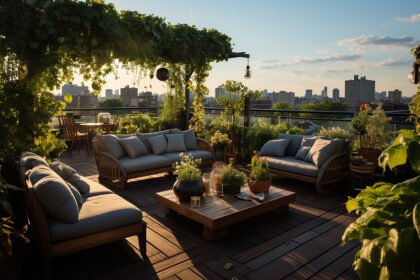
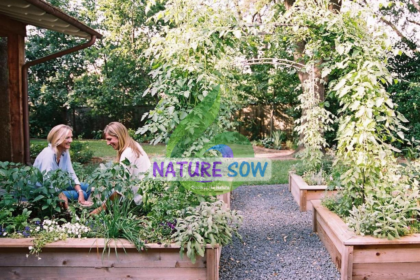
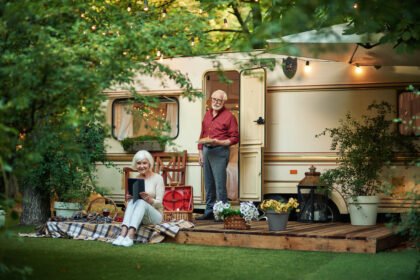
6 Comments
Jane
8 December 2015 at 18:55Sed facilisis nibh eu lobortis consequat. Mauris et velit molestie, auctor eros suscipit, tempor velit.neque, hendrerit vel pulvinar ut, ornare nec sapien. Suspendisse bibendum id felis eget.
Mia
8 December 2015 at 18:55Mauris eu pellentesque ante. Curabitur leo nisi, porttitor at feugiat in, pulvinar et turpis naecenas liquam est quamullamcorper tincidunt leo, lobortis eleifen duis condimentum feugiat odio.
Steve
8 December 2015 at 18:55Proin non feugiat metus. Nulla in pulvinar arcu. Vestibulum eleifend justo sed.
David
8 December 2015 at 18:55Curabitur condimentum tortor egestas iaculis aliquet. Phasellus bibendum nibh velit, eu convallis nibhilla sed. Praesent lacinia nisl tortor, tempor ornare justo ultricies et.
https://WWW.Waste-NDC.Pro/community/profile/tressa79906983/
26 May 2024 at 23:27Hi friends, fastidious paragraph and fastidious urging commented here, I
am really enjoying by these. https://WWW.Waste-NDC.Pro/community/profile/tressa79906983/
https://WWW.Waste-NDC.Pro/community/profile/tressa79906983/
26 May 2024 at 23:28Hi friends, fastidious paragraph and fastidious urging commented here, I am really enjoying by these. https://WWW.Waste-NDC.Pro/community/profile/tressa79906983/